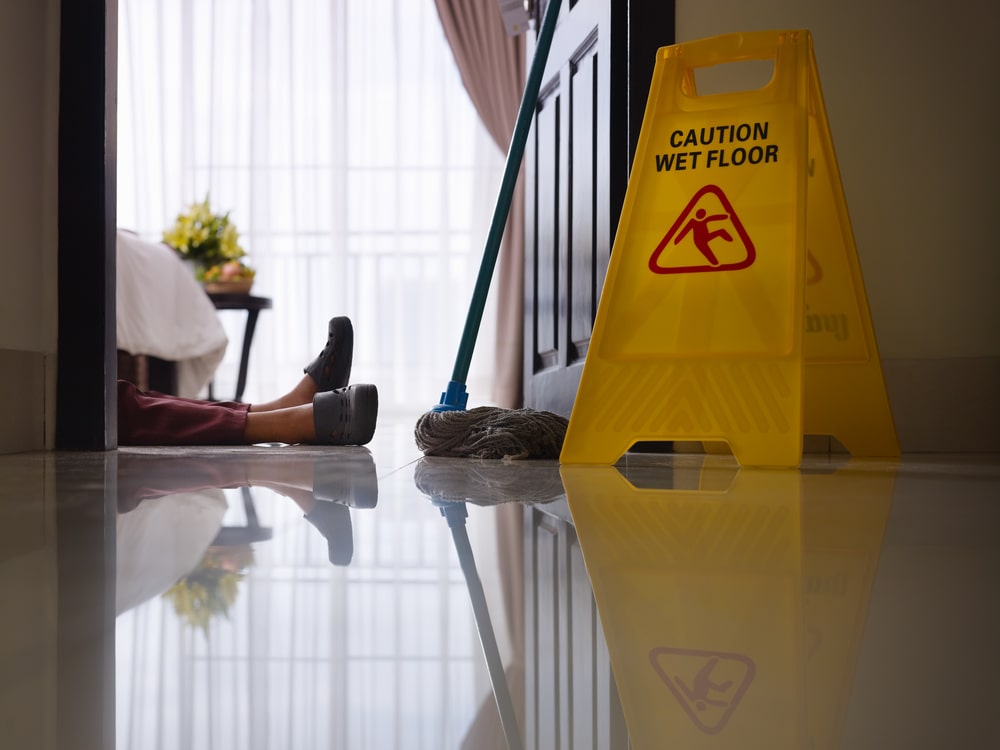Tourist attractions are often bustling with activity, drawing large crowds to explore and enjoy the sights. However, these popular destinations can also present unique risks for slip and fall accidents. Whether you’re visiting a historic site, a theme park, or a museum, it’s important to be aware of the potential hazards that could lead to a fall. Attorneys like those at The Andres Lopez Law Firm can attest to the fact that these accidents can result in serious injuries, making it essential for visitors to take precautions.
Common Hazards At Tourist Attractions
One of the primary reasons slip and fall accidents occur at tourist attractions is the sheer volume of visitors. High foot traffic can lead to worn-down surfaces, making floors more slippery or uneven. In outdoor locations, weather conditions like rain or snow can make paths and walkways particularly treacherous. Even in indoor settings, spilled drinks, food, or cleaning materials can create slippery surfaces that are not always promptly addressed. This traffic also tends to distract employees from keeping up with everyday little checks and maintenance that keep visitors safe.
Additionally, the design of tourist attractions can contribute to the risk of falls. Attractions that feature stairs, ramps, or uneven terrain can pose significant challenges, especially for those who may not be paying close attention to their surroundings. Inadequate lighting in certain areas can also increase the likelihood of tripping or slipping, particularly in older buildings or outdoor venues.
Crowds And Distractions
Tourist attractions are often crowded, with people focused on sightseeing rather than their footing. This can lead to situations where individuals are jostled or distracted, increasing the risk of a slip and fall. For instance, a person taking photos or checking a map might not notice a hazard in their path, such as a wet floor or an uneven surface.
Moreover, the excitement and sensory overload at many attractions can contribute to accidents. In theme parks, for example, visitors might be distracted by rides, performers, or other entertainment, causing them to overlook potential dangers. Similarly, in historic sites or museums, the focus on exhibits and artifacts can divert attention away from the surroundings, leading to trips and falls. This also works for park employees — they may be focused on performing and miss a new hazard that leads to their own slip and fall.
Liability And Legal Considerations
When a slip and fall accident occurs at a tourist attraction, determining liability can be complex. Property owners and operators are generally responsible for maintaining a safe environment for visitors. This includes regularly inspecting the premises, addressing any hazards, and providing adequate warnings about potential dangers.
However, if a visitor is injured in a slip and fall, the circumstances surrounding the incident will play a crucial role in determining whether the property owner is liable. Factors such as whether the hazard was known or should have been known, and whether the visitor was acting in a reasonably careful manner, will be considered. In some cases, visitors may share some responsibility if they were not paying attention or ignored warning signs.
For those injured in such accidents, consulting with an attorney can be an important step in understanding their legal rights and options. A slip and fall lawyer assesses the situation and determines whether the property owner may be held accountable for the injuries sustained.
Precautions For Visitors
Wearing appropriate footwear with good traction is essential, particularly in locations with uneven or slippery surfaces. Paying attention to posted signs and warnings, such as those indicating wet floors or uneven ground, can also help prevent accidents.
Visitors should also be mindful of their surroundings and avoid distractions, especially in crowded areas. Keeping an eye on the ground, particularly when navigating stairs or ramps, can help prevent trips and falls. If traveling with young children or elderly relatives, extra care should be taken to ensure their safety, as they may be more vulnerable to accidents.
While tourist attractions offer exciting and memorable experiences, they also present unique risks for slip and fall accidents. By being aware of the potential hazards and taking appropriate precautions, visitors can enjoy their time at these destinations while minimizing the risk of injury. Being informed and cautious can help ensure that your visit to a tourist attraction is enjoyable and accident-free. However, if you do experience an injury, contact a lawyer near you for help.


